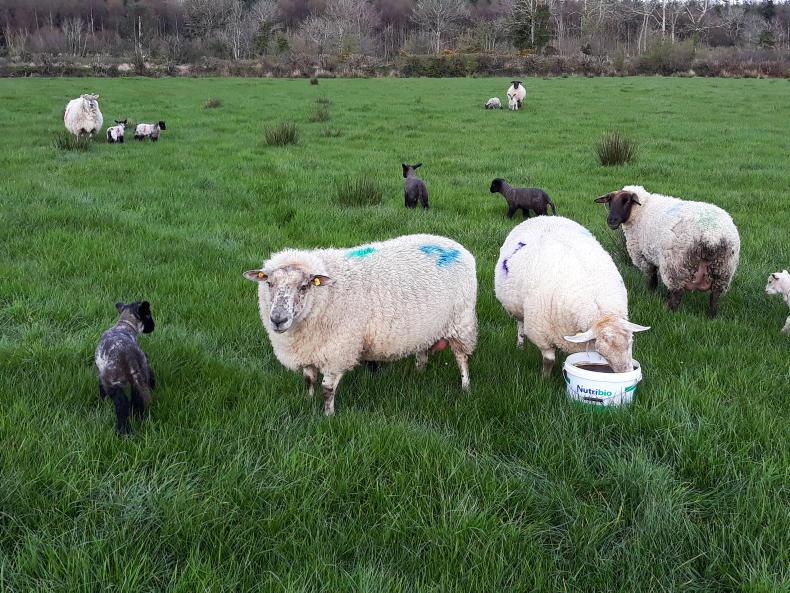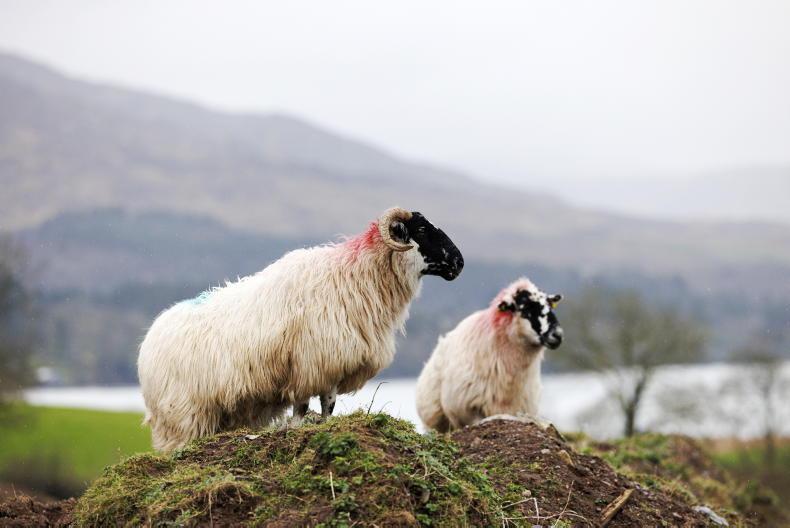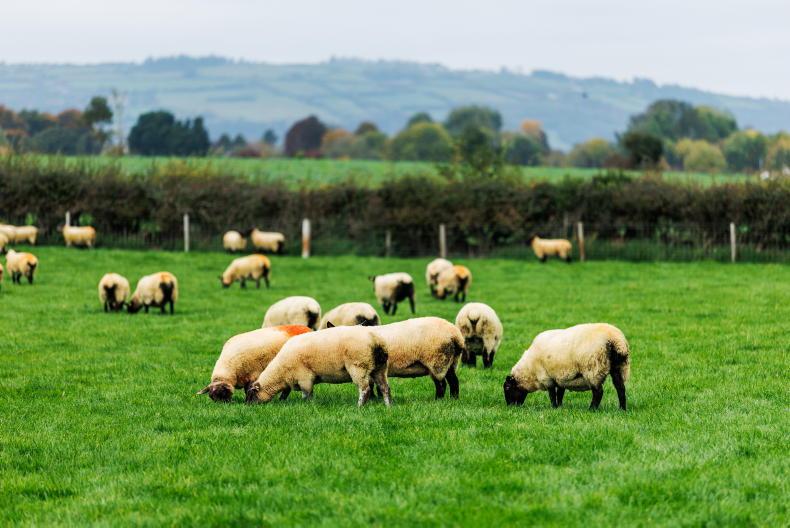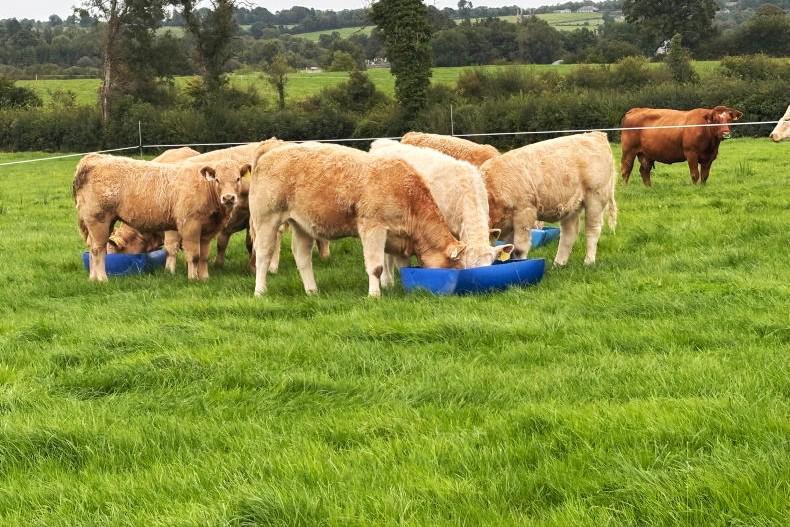Grass tetany
Last week’s management notes touched briefly on grass tetany. Issues remain and are likely to persist, with a drop in temperatures possible for next week presenting another stress factor. With regard to an animal’s ability to store magnesium, it will take one to two days for magnesium levels to build and protection to kick in, while cover will wane quickly one to three days after magnesium intake ceases or is curtailed.
Where using magnesium lick buckets, these should be located at multiple sites if there is a large grazing area. Locating buckets close to where sheep congregate will also help encourage higher intake.
Feeding concentrates containing magnesium (ewes require 1g to 2g daily but a higher allowance is recommended in challenging conditions) will increase magnesium blood levels, while feeding concentrates will also help as it will slow down the rate of digestion and help absorption from forage.
Magnesium bullets may have a role in reducing the risk, while adding magnesium to water is limited in current weather due to the low dry matter content in grass, reducing water intake levels.
Orf vaccine
A number of farmers have been in contact regarding the unavailability of the orf vaccine, Scabivax Forte. The final opportunity for veterinary practices to order the vaccine was last August. There is no other vaccine currently on the market, although it is hoped that a vaccine will return for next season.
This is of little solace to farmers currently dealing with an outbreak. There is also no licensed veterinary medicine available for treating orf.
Treatment centres around ensuring lambs continuing to have access to milk (artificial feeding or ensuring affected ewes stand for lambs to suckle) along with addressing secondary bacterial infections where relevant (topical or injectable antibiotics).
Scheme applications
There have been some queries from farmers over the last week regarding missing information on the Basic Income Support for Sustainability (BISS) portal.
At a FAS advisory webinar held earlier this week, the Department explained that there are over 3,500 applications awaiting digitisation to take account of ACRES tasks, with over 1,500 more delayed due to rotational actions under ACRES being updated on the BISS system.
This will be rectified in the coming weeks and at that stage farmers will be in a position to progress with their BISS application.
There are some applicants with outstanding information with regard to space for nature estimates and the facility to transfer entitlements for certain farmers.
The Department explains that it is working through these issues, but where farmers are concerned about any aspect they can make contact with their adviser or the relevant section in the Department.
Minimum stocking rate
There are also queries coming in regarding changes to minimum stocking rate to satisfy the Areas of Natural Constraint (ANC) scheme and the new active farmer requirement.
For ANC the minimum retention period has been tweaked from at least seven months to at least 28 weeks to overcome any discrepancies across months with a different number of days. The minimum stocking rate has reduced from 0.15LU/ha to 0.1LU/ha. This will not mean any change for most farmers, with the stocking rate coefficient or livestock unit value of a ewe reducing from 0.15LU to 0.1LU.










SHARING OPTIONS